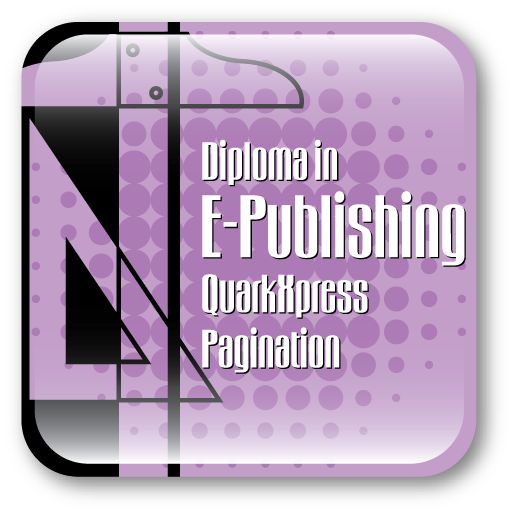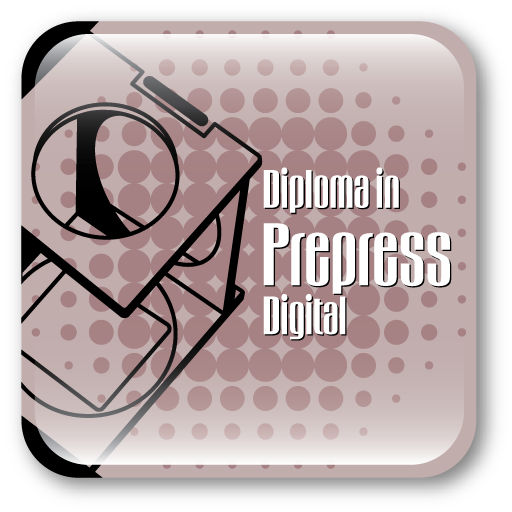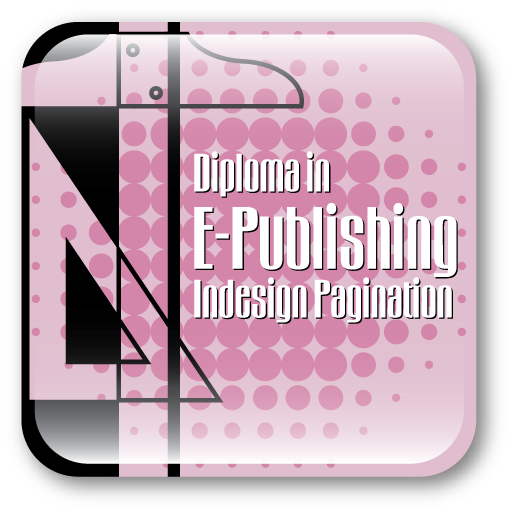Role of an Electronic Publisher
There are several people involved in the publishing process starting from Author, Publisher, Designer, Typesetter and Printer. Publishers accept manuscripts for publishing and make information available for public through Books, Journals, Internet, etc. Once the manuscript for the book or the articles comes to the publisher from the author, the next step is to get the files transferred from the publisher to the E-Publishing unit. Followed by pre-editing, the files are cleaned up of extra spaces, paragraph returns, junk characters and other unnecessary text elements. The next step is data conversion, where the text is converted or tagged to fit into an XML workflow. After the data is converted, the next step is to process the images, drawings, charts and other graphics received from the author. Once the text and the graphics are ready, the next step will be to assemble them together in a layout according to the supplied specifications. This process is called Pagination. The final book or articles are then checked for suitability for printing in a process called pre-flighting and are then uploaded to the customer for approval.
Course Details
In this course you will study the principles and practices of book editing and the associated production and sales of print and electronic materials. This program will enhance professional development for those who aspire to work in corporate or commercial book publishing and editing industries. You will gain skills related to the editing and publishing industry and be prepared to meet the needs of this constantly changing and fast-paced work environment.
This course introduces you to some of the basic functionality of QuarkXPress. You will learn how to view and navigate through layouts, add and format text, import pictures, print a layout, and create tables. Once you master the material in this module, you’ll be ready to move on to more advanced QuarkXPress features such as master pages, style sheets, Web layouts, image editing, PDF output, synchronization, Composition Zones and Job Jackets.
Learn XML to know the process of data conversion, where the text is converted or tagged to fit into an XML workflow. The course gives you a quick introduction to XML, the XML syntax and rules, components and XSL Stylesheets. You will also learn how to create a well formed XML document (XML DTD).
Course Overview
Part – I E-Publishing Concepts and QC Concepts
Introduction to Publishing and Publishing Products
This lesson will give you an introduction to publishing industry of which copy editing is a part, the various processes and workflows in publishing, and some basic publishing terminology.
Typesetting Terminology and Publishing Workflow
In this lesson we will see the various kinds of workflow, what workflows exist and what do they do. Learn about the stages and principles of typesetting.
Typesetting Terms
This lesson will teach you typesetting which is the process (or craft) of actually setting the type.
Parts of Book
You will learn about the book and journal production basics, different kinds of publications, front Matter, text or Body, end Matter of a book and journal.
Macintosh Operating System
This lesson introduces you to Macintosh Operating system. Learn the difference between windows and MAC, understand the MAC desktop and file management system in MAC.
QC Concepts
Learn how to examine the pages of the publication to make sure that the correct format and design have been consistently applied, the pagination is correct, the table of contents matches the text and the cross-references are accurate.
E-Publishing with Quark
Layout Basics
QuarkXPress is designed to make it easy for you to create stunning print and Web designs. This lesson introduces the concepts of projects, layouts, tools, guides, navigation, and items and contents.
Text Basics
The important thing to know about text in QuarkXPress is that it needs a container: a box, a text path, or a table cell. In this lesson show how to create rectangular text boxes, enter text, import text files, apply basic formatting options, and edit text.
Picture Basics
With sophisticated picture tools and features, QuarkXPress gives you precise control over the way in which every picture tells its story. This lesson shows how to create a picture box, import a picture into that box, modify the picture’s placement within the box, and run text automatically around the picture.
Layer Basics
A QuarkXPress layer is like a clear overlay that covers every page in a layout. You can put almost anything on a layer, including picture boxes, text boxes, tables, and any other kind of QuarkXPress item. Learn how to use layers to store different translations of a document, or different versions of a design. You can even lock a layer to prevent accidental changes to items on that layer.
Color Basics
Whether you’re designing Web pages for onscreen display, printing to an inkjet printer or preparing a project for color separation and a printing press, you need to understand how the intended output format interacts with the color choices you make. This lesson shows how to create colors, apply colors to different page elements, and edit colors.
Table Basics
Working with tables in QuarkXPress usually requires one of two approaches. In this lesson, you’ll learn how to use the Tables tool, how to format and modify a table, and how to link tables from an Excel file to QuarkXPress.
Editing Table
In this exercise, you’ll learn how to edit the attributes of particular cells, as well as how to apply attributes to all of the cells in a table.
Printing Basics
When you print QuarkXPress projects, you might need to send multiple print jobs to different devices throughout your production cycle. In this lesson, you’ll learn the techniques for printing proofs and outputting final content. You’ll also learn how to manage all of the files required for successful output with QuarkXPress.
Master Page Basics
The lessons in this section show how to create automatic page elements (such as headers, footers, and page numbers) with master pages, how to store often-used page elements in libraries, how to create templates that streamline the process of creating new documents, how to use palette groups and palette sets to optimize the QuarkXPress user interface, and how to use XTensions® software to expand the capabilities of QuarkXPress.
Library
Libraries offer a convenient way to store and access frequently used page elements such as logos, legal text, and pictures. In this lesson, you’ll create a new library, add items to and remove items from the library, label library entries, and move library entries between projects and libraries.
Projects
In this exercise, you will open a completed QuarkXPress project and examine the master pages and basic structure of the project. You will learn to add elements from the finished cover to the cover master page and change the content to make it easier to update for each new issue.
Palettes
QuarkXPress supports palette groups that combine several palettes into one movable unit. Palette sets store and recall the position and status of all open palettes, palette groups, and libraries. You can easily switch between palette sets with a single menu command or keyboard combination. You’ll learn how to create and manage palettes in this lesson.
Xtensions
XTensions software modules come from Quark and from third-party developers. You’ll learn how to enable and disable XTensions software modules in this lesson.
Style Sheets
QuarkXPress provides two types of style sheets: paragraph style sheets and character style sheets. This lesson shows how to create character style sheets, create paragraph style sheets, and apply style sheets.
Paragraph Formatting
QuarkXPress offers numerous options for controlling the horizontal and vertical spacing of text. In this lesson you will learn horizontal and vertical spacing controls which include: leading, space before and after paragraphs, baseline shift, indents, tracking and kerning.
Special Characters
QuarkXPress provides quick access to every glyph in every font along with easy access to an assortment of special characters. In this lesson you will learn how to insert glyphs in text, save glyphs as favorites, insert special characters, and enable ligatures.
Tabs, Rules and Drop Caps
Rules and drop caps are two ways to enhance typography and call attention to text. This lesson shows how to apply rules and drop caps to selected paragraphs, both manually and through paragraph style sheets.
Hyphenation and Justification
This lesson shows how to create and apply a Hyphenation and Justification specification, insert a discretionary hyphen, and save exceptions to hyphenation rules for specific words.
Text Boxes
This lesson shows how to use the automatic text box, link text boxes, reroute text box links, unlink boxes, and create a text path.
Drawing Tools
In this lesson, you’ll draw lines and boxes using special drawing tools like the freehand Line tool and Bezier Line tool.
Book Features
In this lesson, you’ll create a QuarkXPress book that links eight separate QuarkXPress projects. You’ll learn how different users can modify each QuarkXPress project, and how the updates are tracked in the book palette.
List and Table of content
In this lesson, you’ll use the Lists feature to create a table of contents for the book you created in the “Books” lesson. The Lists feature works across chapters within a book, and you can also use it within single projects.
Index
An index presents occurrences of a word or phrase within a hierarchical structure that makes it easy for readers to find specific information. In this lesson, you’ll gather a few terms within a page publication, and you’ll learn how to organize, update, and format these terms in an index.
Transparency and Drop Shadows
This lesson will demonstrate the transparency features in a story about the new features in QuarkXPress 7 by applying different opacities to various items and text.
Color Management
Anyone who works with printed color pieces is aware of the difficulty of creating a printed piece that matches the way the piece looks on a monitor. In this module, you’ll learn about how QuarkXPress handles color management.
Advanced Pictures
QuarkXPress offers a full suite of graphic features that lets you import pictures in a wide variety of formats and then tune those pictures to work perfectly in your layout. This Lesson introduces you to all of these features.
PDF Output
In this lesson you’ll learn how to create hyperlinks for PDF export, and how to export a couple of different “flavors” of PDF files for different purposes (such as Web distribution and printing).
Shared Content
Learn how to put the same content into two different layouts in the same project. In this lesson, you will learn how to synchronize content so that if anything changes in one layout, the content is automatically updated in the other whether the layouts are Print layouts, Web layouts, or a mixture of both.
Composition Zones
This lesson introduces the key aspects of the Composition Zones feature. You will learn to create a composition Zones item, Work with Composition Zone usage and Link to a composition layout.
XML Publishing and Data Conversion
Basics of XML
This lesson gives you a quick introduction to XML, the XML syntax and rules, components and XSL Stylesheets. You will also learn how to create a well formed XML document (XML DTD).
Advanced XML Concepts
Learn advanced XML concepts like CDATA, namespaces and XML related technology. You will also learn Xpath expressions to select nodes or node-sets in an XML document define a link using Xlink, define a link to specific point using Xpointer and query XML data using Xquery.
Parsing and Validation
Learn how an XML parser converts an XML document into an XML DOM object which can then be manipulated with JavaScript. You will also learn the XSD attributes, elements and data types. Learn how an XML document is validated against an XML Schema which is both “Well formed” and “Valid”.
Check out our sample video tutorials



